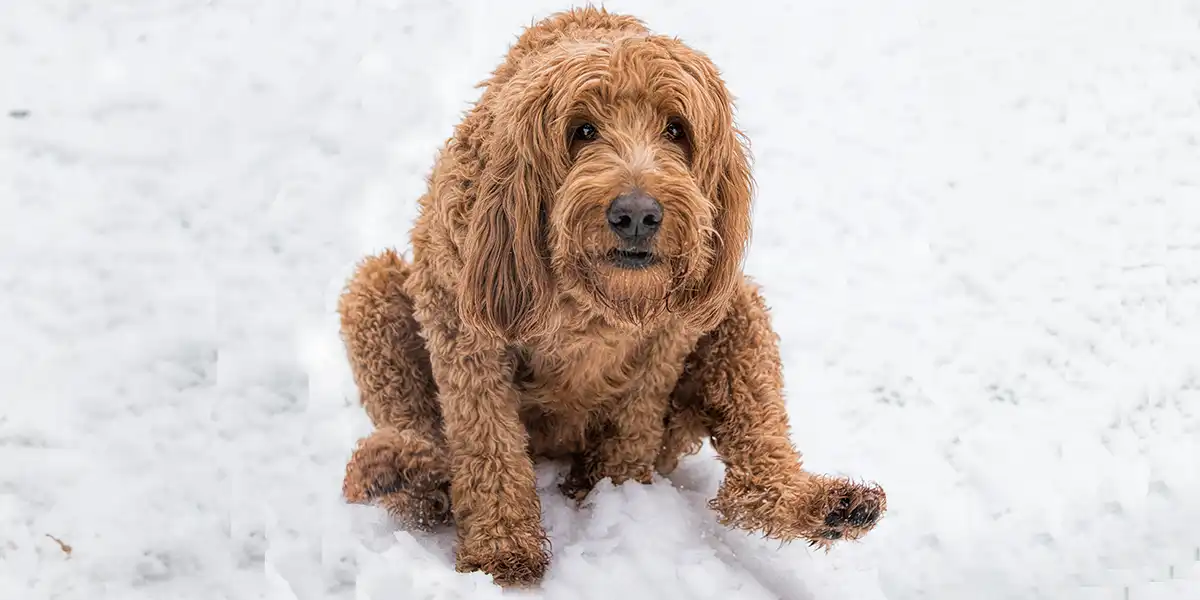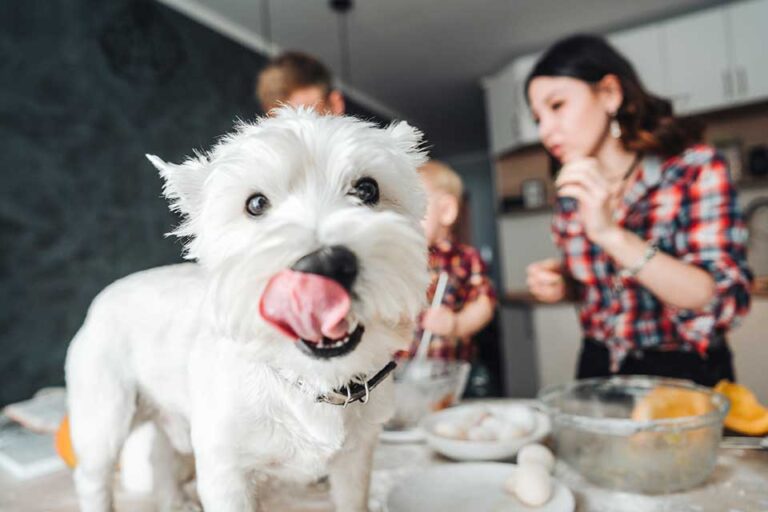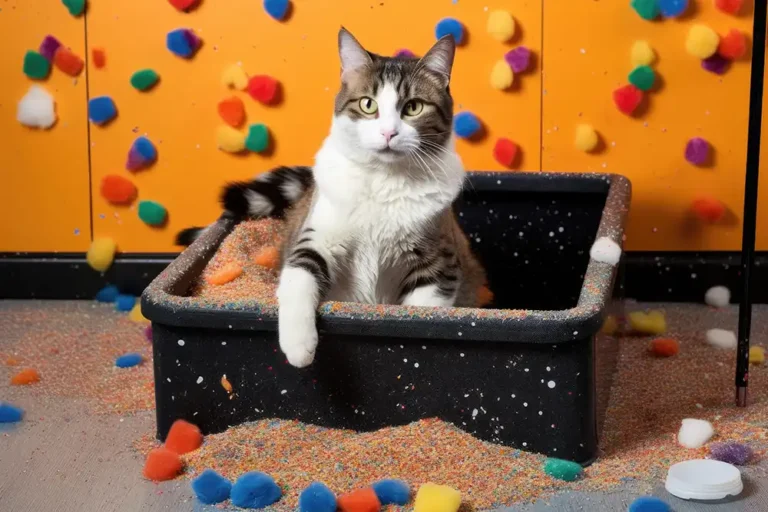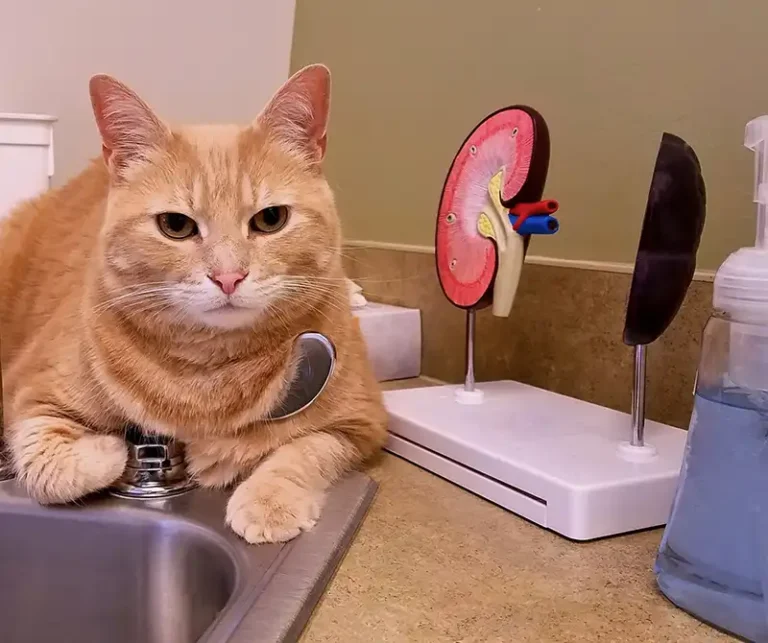Dog Scooting: Top Reasons & Effective Solutions for Your Pet’s Peculiar Behavior
When witnessing your pup dragging its rear end over the floor, many dog owners ask themselves what is going on! It’s known as butt scooting or dog scooting. The dog scooting behavior in dogs isn’t unusual at all. It raises questions about why dogs scoot.
Let us figure out this peculiar mystery together by examining the reasons why dogs scoot and scrape their tushies against carpets and understanding anal gland problems which often cause discomfort for our four-legged friends. We’ll learn how dietary changes and veterinary medicine can influence the healthy functioning of a dog’s anal sacs, plus other symptoms associated with why your dog engages in such action.

Key Takeaways
- Dogs scoot their butts on the ground often because of discomfort surrounding anal gland problems or irritation with their anal sacs. Anal sac issues such as full glands, parasites, or allergies are common causes.
- Diet and fiber play an essential role in preventing dog scooting. By ensuring firm stools, fiber helps naturally empty anal glands. Pet owners should consider high-fiber foods such as sweet potatoes or broccoli and be mindful of their dog’s food sensitivities.
- Persistent scooting requires a vet consultation for proper diagnosis and may need professional intervention—regular exercise and proper grooming also help maintain anal gland health and prevent future issues. Skin irritation and anal gland discomfort can come from improper grooming or shearing too close to your dog’s anus, so being careful with that can prevent your dog’s scooting.
Decoding Your Dog’s Scooting: Understanding the Drag
Dog dragging, more commonly known as dog scooting, is when dogs drag their bottoms across the ground. This often happens due to irritations around their anal area or potential anal gland abscesses. Anal gland issues, allergies, and general irritation can be some of the causes behind it all – including parasites such as tapeworms, whose eggs may cause discomfort for your dog by gathering near its anus! Tapeworm or tapeworm segments can lead to dogs finding relief through dog scooting about on surfaces such as grass or carpet.
The Role of Anal Glands in Canine Comfort
The canine’s anal glands are located near their backside and contain a strong-smelling fluid that enables them to communicate with other dogs. When these sacs become backed up, inflammation can occur, followed by possible infection.
It’s vital that pet owners or “pet parents” handle their dog’s anal glands delicately. Any rough squeeze may cause an abscess to form in the anus region of the animal – so be careful!
Remember: dogs need those unique scents to communicate with other pets, thus keeping them well looked after and functioning properly.
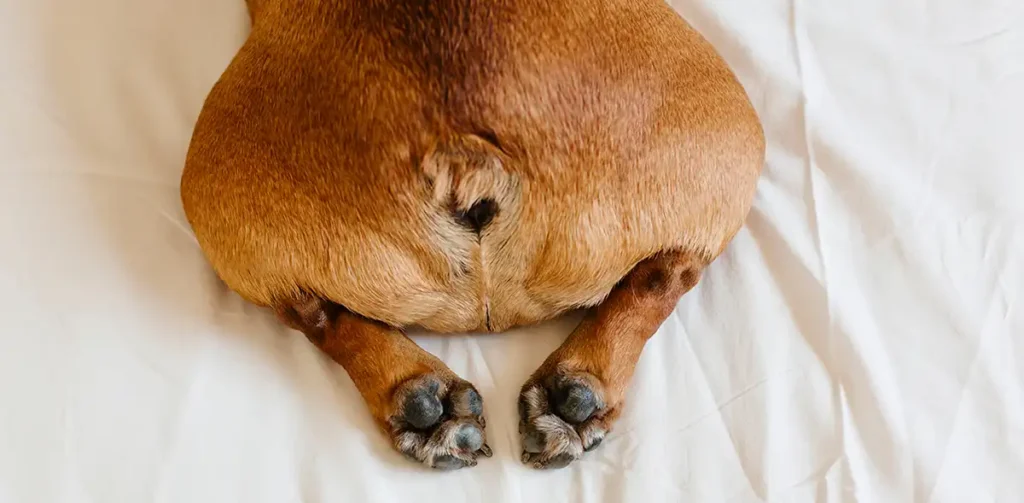
Recognizing Symptoms Accompanying the Scoot
When your dog is scooting, it’s usually an indication of unease. You may find other signs, too. These could include constant biting or licking around the rear area and potential anal gland issues.
Pay attention to if they’re chewing their tail base/thighs/bottom/groin and any fishy odors accompanying these behaviors. Food allergies can be linked with dogs starting scooting since this can irritate the butt region, making them uncomfortable and bringing about the need for frequent scratching behavior.
If your dog is itching and stomach problems like diarrhea or constipation appear along with constant self-cleaning, then help from a vet might be necessary.
Navigating Anal Sac Dilemmas
Anal sacs can pose a challenge for many dogs. If your dog’s diet does not have enough fiber or contains grains such as corn, wheat, soy, oatmeal, or rice, it may cause the feces to become too soft, which means that when they eliminate, there is insufficient pressure on the anal glands leading them to get blocked and inflamed causing discomfort.
This could lead your dog scooting around in an effort for relief. It would be beneficial to investigate how your diet and food allergies influence the health of these sacs, as it might prevent issues with them from occurring again.
Dietary Influence on Anal Sac Health
Your dog’s health and anal glands are substantially affected by diet. Elements like proteins, grains, and fibers that it intakes have an effect on the texture of their poop which then influences how well their backside organs function.
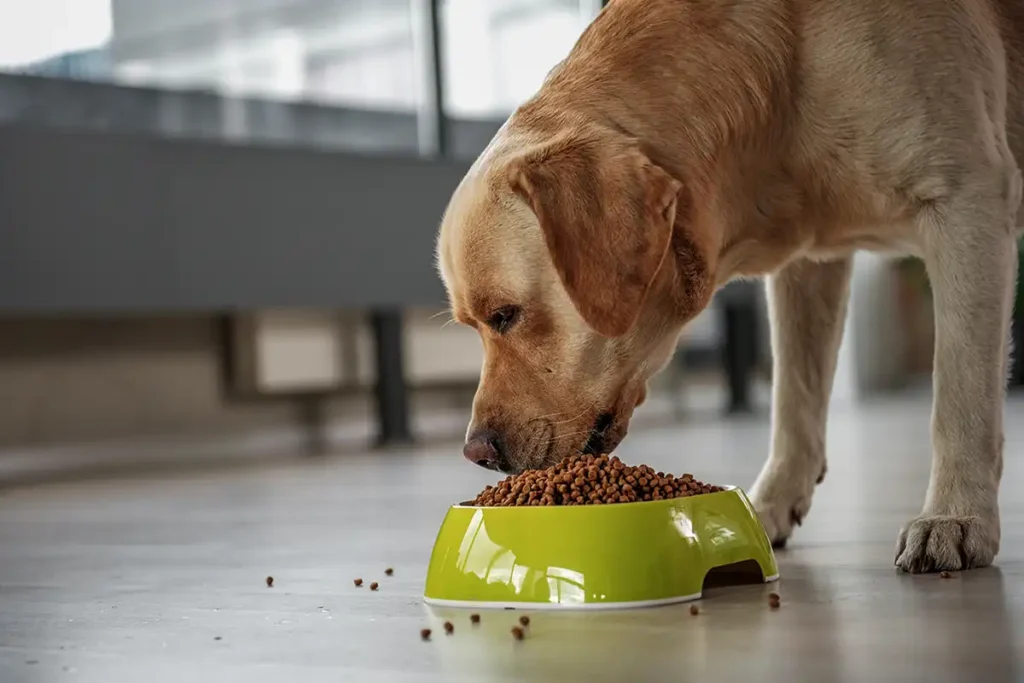
Different dog breeds also have different needs, so consult your vet if your dog drags its rear end or you suspect an anal gland problem.
Common causes include an inadequate fiber level or an unbalanced mix in your pet’s diet. It can lead to soft poops not being able to put pressure on the sacs, so the glands don’t release properly.
To help improve butt health, one could include stool softeners or canned pumpkin in its meal plan as a high-fiber supplement or opt for other products created specifically to assist your pooch when it goes number 2.
When Soft Stools Lead to Scooting
When a furry friend experiences soft stools, the most common reasons are there’s not sufficient pressure on their anal glands during elimination, or your dog’s glands may be inflamed.
This can lead to them becoming blocked and infected, resulting in discomfort, as well as your dog trying to scoot in an attempt to empty its anal glands.
If this isn’t properly attended to, to reduce inflammation, your dog may also display other symptoms like unintentionally passing feces, having bloody discharge, or getting gassy with potential stomach bloating.
Owners need to rectify these issues by making suitable changes concerning diet so that their pet has better well-being overall.
Immediate Actions for Pet Parents Witnessing Scooting
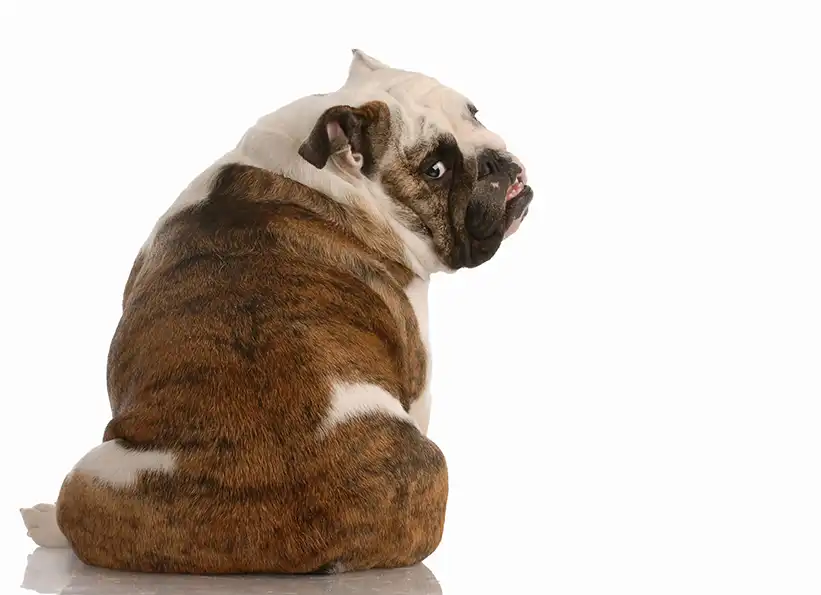
If your pup is scooting around, it’s essential to look for any signs of redness or inflammation under their rear ends with a thorough exam.
This can help point out possible issues and ensure they get the care they need quickly from your vet. It also helps to keep track of this behavior if it has been occurring frequently, as continual dog scooting might be an indication of difficulty with anal glands.
In cases where your dog seems particularly troubled by this activity and keeps doing it excessively, consulting with a vet could be beneficial to ascertain what treatment would best alleviate its distress.
Home Care Strategies for Managing Dog Scooting
There are some home care strategies to combat occasional bouts of scooting, such as increasing the fiber content in your dog’s diet. Fiber can help improve their stool consistency, potentially lessening dog scooting. Another technique is applying a warm compress to the anal region.
It may bring short-term relief from any irritation or discomfort that might be present. Professional help from a vet in investigating these solutions for effective treatment against persistent dog scooting might give you peace of mind.
Fiber-Fortified Feeds: A Dietary Tweak
It can help to give dogs a fiber-enriched diet as this assists in maintaining the regularity of their stool and cutting down on scooting. Foods such as pumpkin, brown rice, and oats are high in dietary fiber, which ensures that the anal glands function correctly.
Sometimes a vet may recommend over-the-counter fiber supplements if they start scooting or showing signs of anal gland discomfort for more than a day after you take these measures.
If you have reason to suspect any food sensitivity from your dog – for example, grain allergies, then figuring out what it is could be integral to solving issues.
Grooming Products
Some grooming products are the reason dogs scoot. Depending on skin allergies, dogs can experience anal gland discomfort from additives or chemicals found in them. Dog’s anal glands are particularly sensitive, and good pet health may depend on finding additive-free products. Depending on the severity, matted fur for dogs can also irritate and instigate dog scooting.
The Warm Compress Method
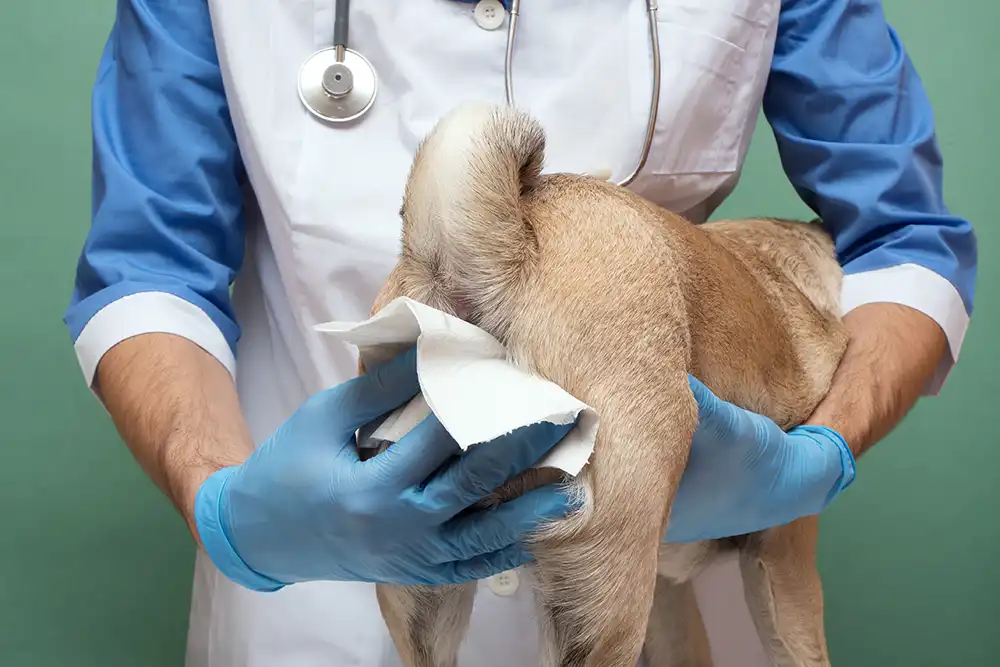
For soothing and relieving any discomfort or irritation for dogs around the anus, a warm water compress can be handy. To make one, get a clean cloth or paper towel saturated in warm water and put it around the anus for 5 to 10 minutes at least 3 to 4 times daily.
This strategy should also help find relief with dog scooting, but of course, you should always check with your vet before attempting home remedies.
Professional Veterinary Interventions for Persistent Dog Scooting
If home remedies and lifestyle modifications don’t work for your pet’s scooting behavior, seek professional assistance from a veterinary team. These interventions aim to determine the source, like infections or allergies, and then deliver suitable treatment.
Your vet might be able to recommend specialized creams or medications for relieving irritation caused by itchiness or allergies, as well as anti-inflammatory drugs or antibiotics to address issues with anal sacs.
Beyond Expression: Addressing Underlying Causes
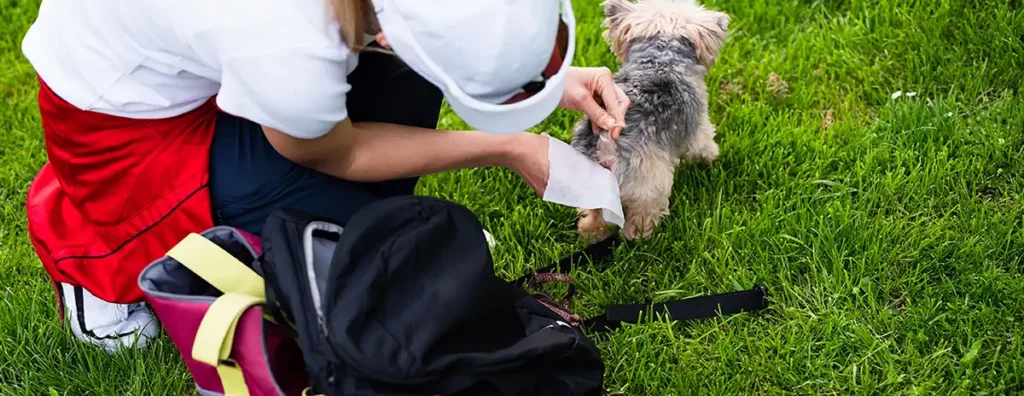
It is essential to deal with the root cause of scooting, as opposed to just expressing the anal glands. Expressing them can give a short-term solution but may tackle other signs causing problems.
Potential causes could include gastrointestinal conditions, tapeworm eggs, intestinal parasites, food allergies, rough grooming around sensitive areas, or other problems around the anal gland area, like tumors or growths.
A professional veterinarian’s medical diagnosis, testing, and treatment of intestinal parasites for your dog may be necessary. If your dog has come in contact with other dogs or dog feces, this could cause the issue.
Taking this route rather than intermittently expressing anal glands may be needed. This will ensure glands release well and stay finely tuned.
Recovery and Aftercare Post-Treatment
It is essential to adhere to the instructions given by your veterinarian during and after treatment for your dog for dog scooting to stop. This includes inspecting how the dog recovers, verifying if they are still suffering from any pain, controlling possible infections, sanitizing incisions if they had surgery, and watching out for changes in behavior.
If your dog had surgery, apply warm compresses on your pet twice daily over 15-20 minutes post-intervention, which might facilitate recovery. Constantly monitoring signs of distress or disturbances must be kept an eye on at all times, particularly near your dog’s anal glands.
Lifestyle Adjustments to Prevent Future Issues
For the sake of protecting your dog from future scooting episodes, several lifestyle changes can be made. Dietary and exercise modifications can help keep dog anal glands healthy; making sure you pick a diet specific to their needs as well as encouraging regular activity, is important.
Remember that a balanced dog life will improve overall health in all areas! This can avoid the need for surgical removal of anal glands, which is a last resort.
Additional details on how these lifestyle choices may positively influence your dog’s well-being deserve examination and attention.
Choosing the Right Diet for Your Dog

Dog owners should be aware that their dog’s diet can affect dog scooting. To keep a dog in top shape, the best course for a good diet is to make sure they must get enough nutrients like fat, protein, carbohydrates, and vitamins/minerals from the water alongside them all. The amount of fiber to consider here is crucial since it helps with bowel movements.
Dietary choices such as sweet potatoes, wheat germ, or apples which are rich in this nutrient, will bring value to your dog and its healthiness if chosen correctly – functioning anal glands for dogs go hand-in-hand! By regularly including more high-fiber ingredients in your dog’s meals over time, you may help prevent issues regarding scooting.
Ultimately finding appropriate food suited for digestion combined with its nutritional benefits paves the way for better pooping habits overall when forming an ideal feeding routine specifically tailored towards achieving good bodily functions, thus avoiding problems caused by ill nutrition connected to unpleasant odors created during irresponsibly timed poop trips outside.
The Importance of Regular Exercise
Keeping your pet active is one of the most significant ways you can ensure optimal health and prevent dog scooting and anal gland problems.
Exercise stimulates regular bowel movements, which help move food faster through the digestive tract while aiding digestion, ultimately avoiding blockage around the anus in the process.
Regular exercise also has a positive impact on overall health as well as for maintaining healthy functioning of your dog’s anal glands and can prevent dog scooting. Without sufficient physical activity, chances are that their anal glands might become congested, leading to other issues down the road if ignored!
Tailoring Grooming Practices for Pet Anal Gland Health
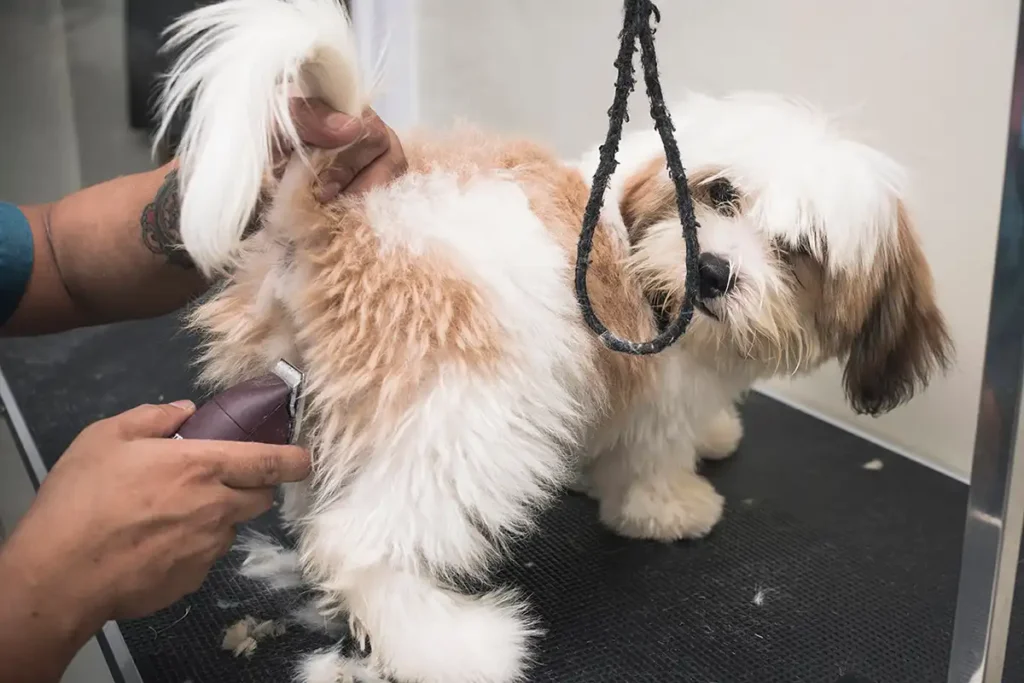
When it comes to keeping your pet’s anal glands in good condition, there is much more than just a healthy diet and exercise routine. Grooming plays an important role, too, using hypoallergenic products and expressing the sacs delicately when needed.
Be sure to avoid clipper burns which can lead to severe issues with their anal gland health. Always put your furry friend’s comfort first while grooming!
Summary
Although it may seem amusing to watch a dog scoot across the floor, this behavior can indicate underlying health concerns. Educating yourself on how anal glands work and factoring in diet, physical activity levels, and grooming habits are vital for safeguarding your dog’s well-being.
Remember that caring for your pup needs ongoing attention rather than being achieved simply overnight. These strategies should ensure your beloved pawsitive companion lives comfortably without any signs of scooting-related discomfort.

